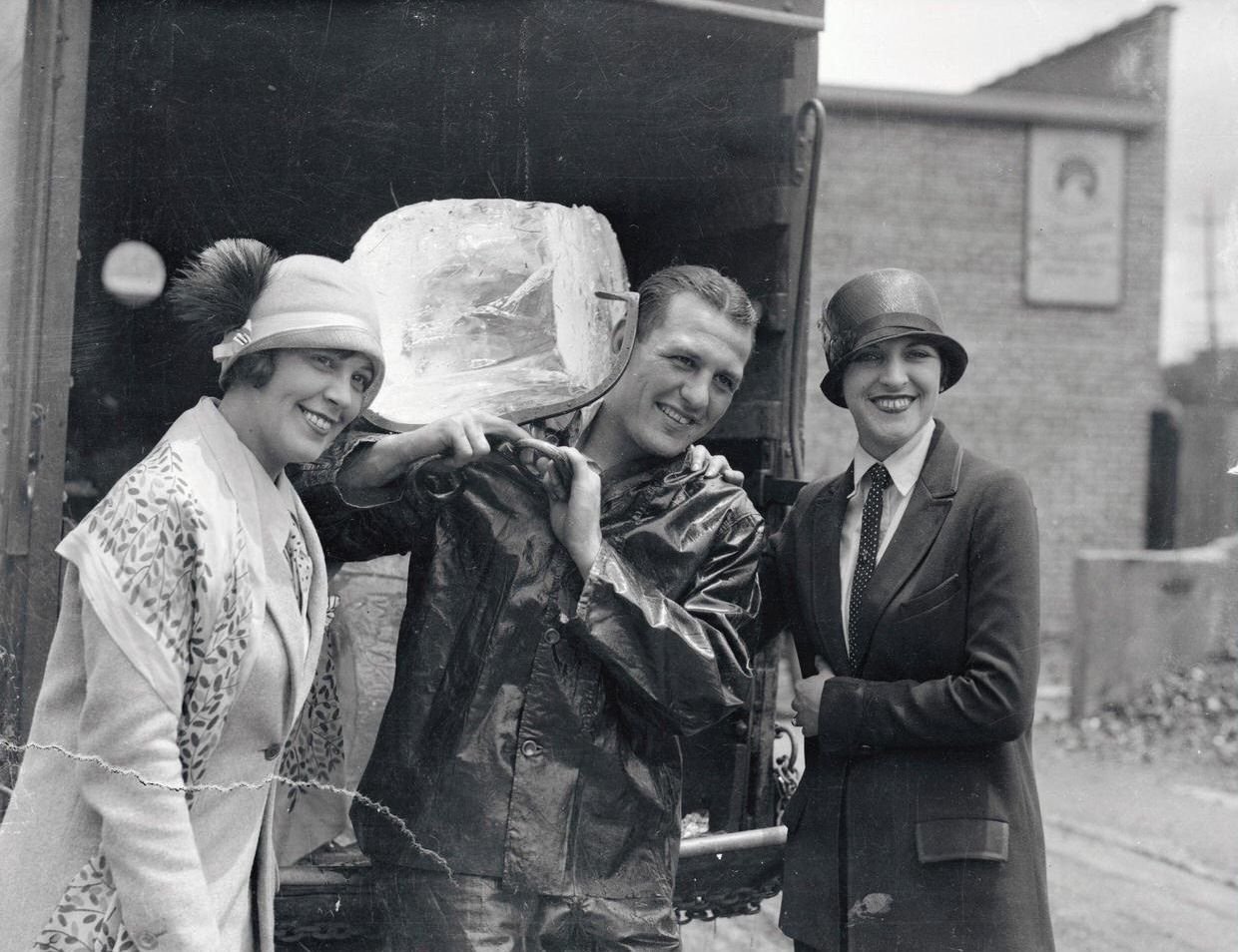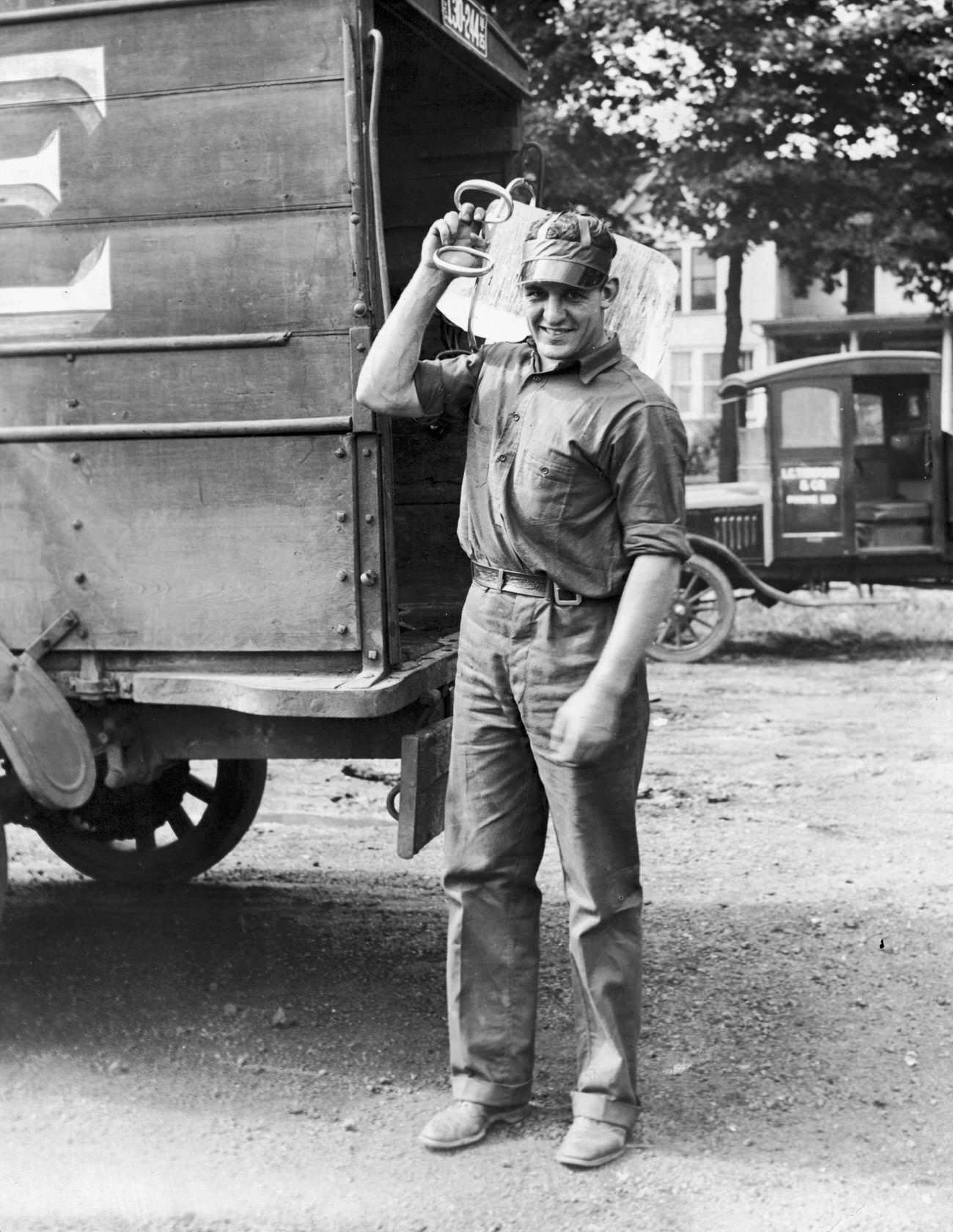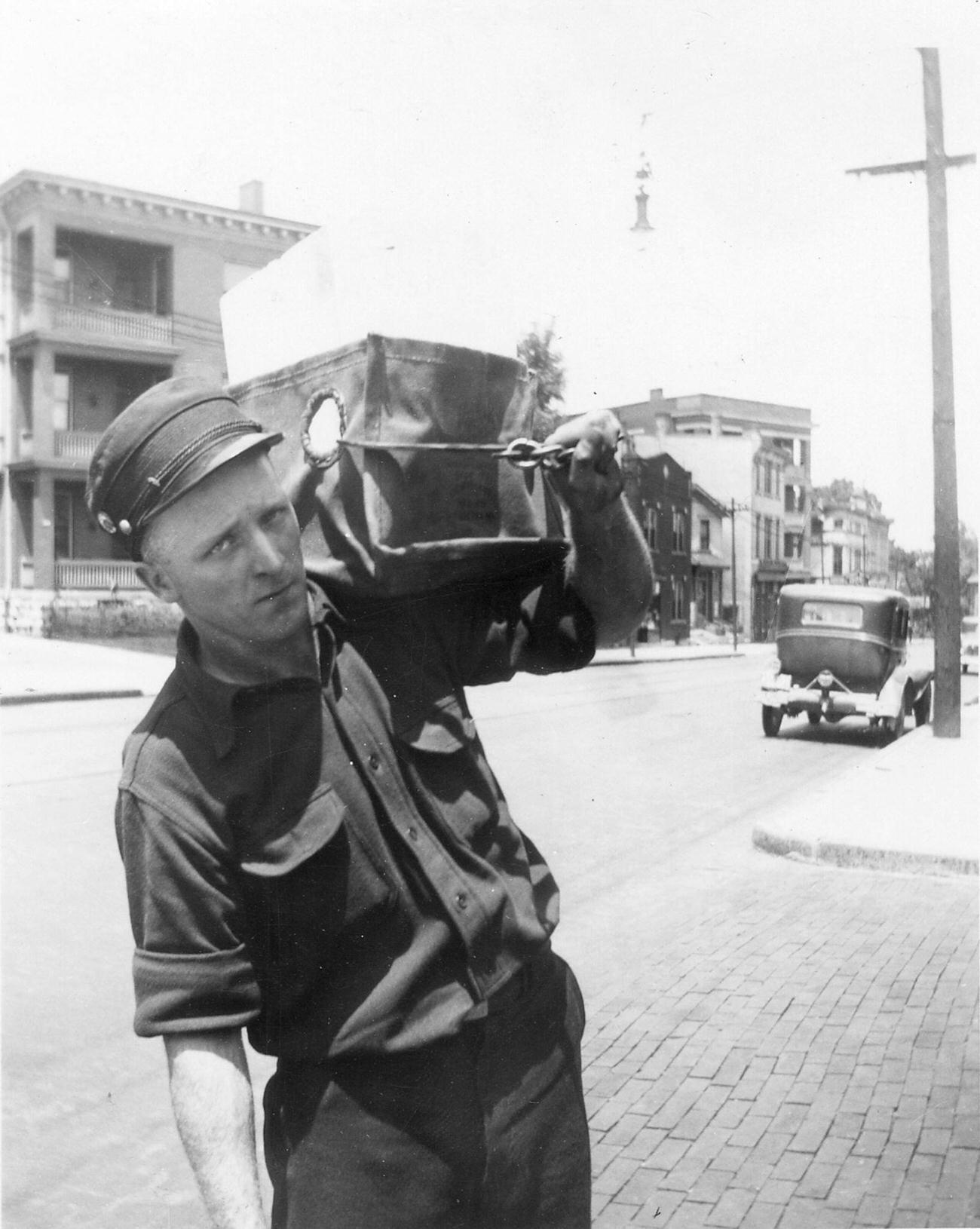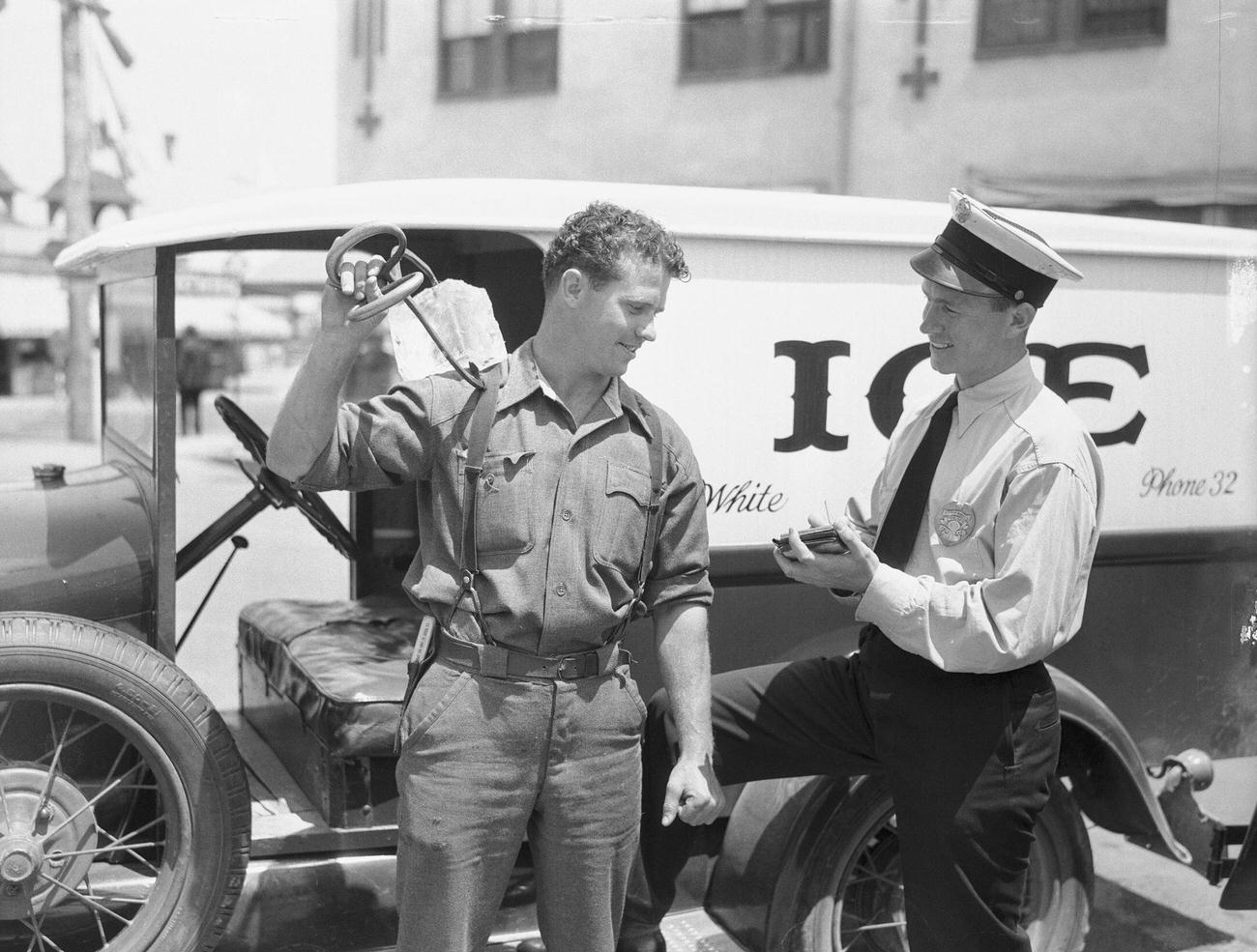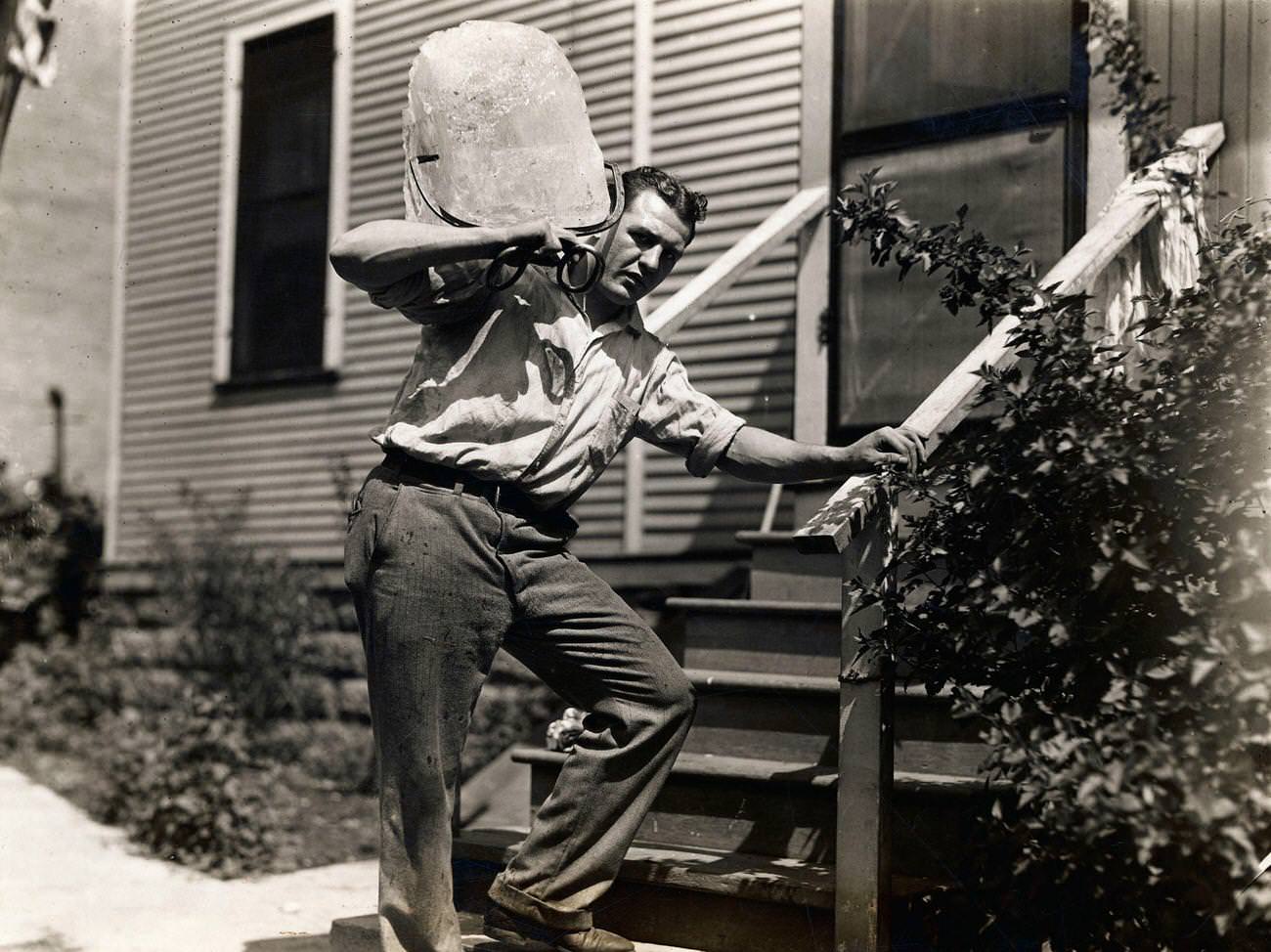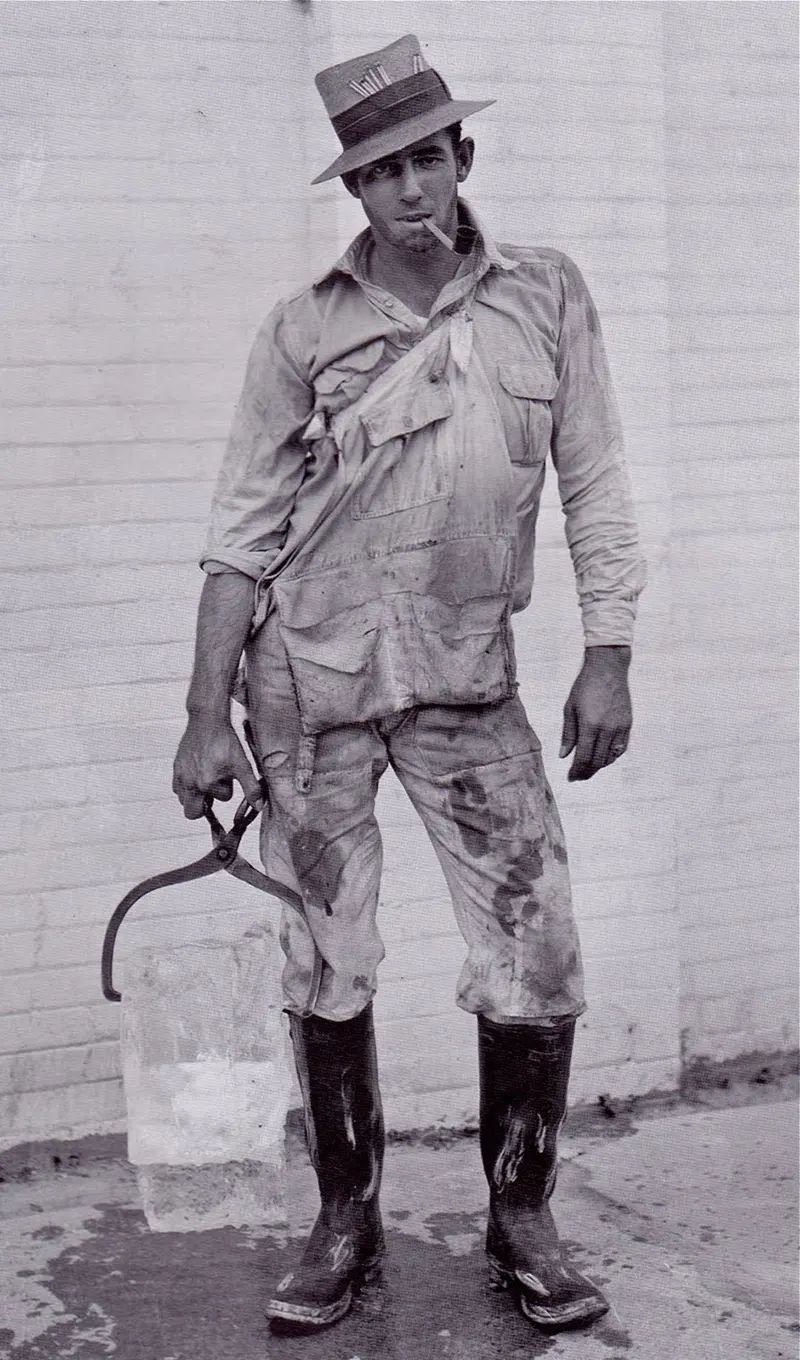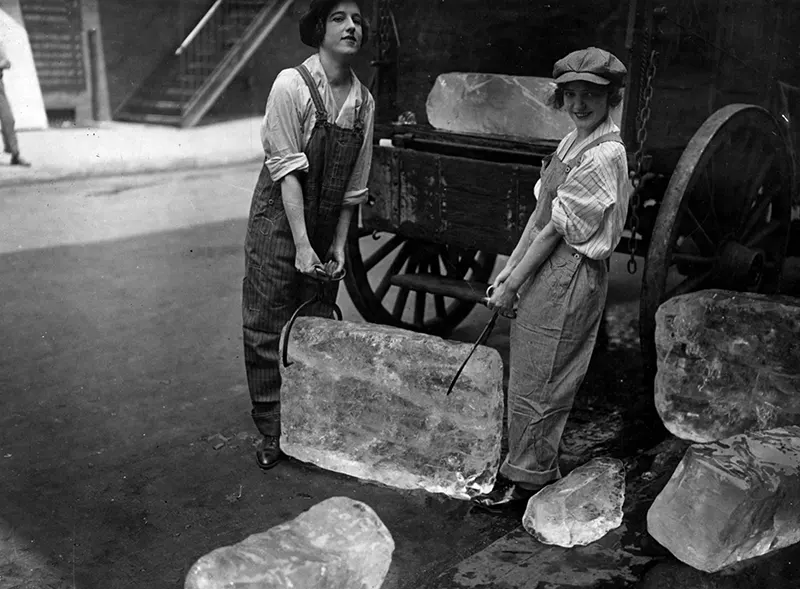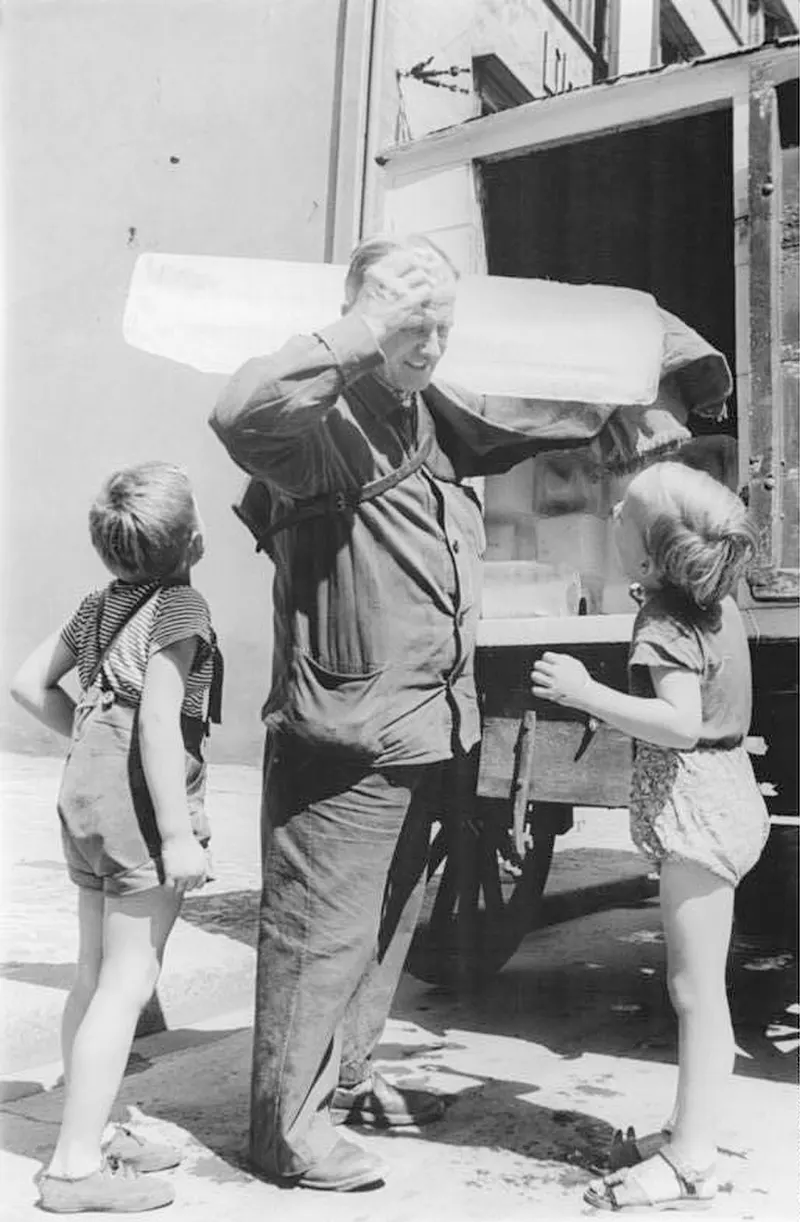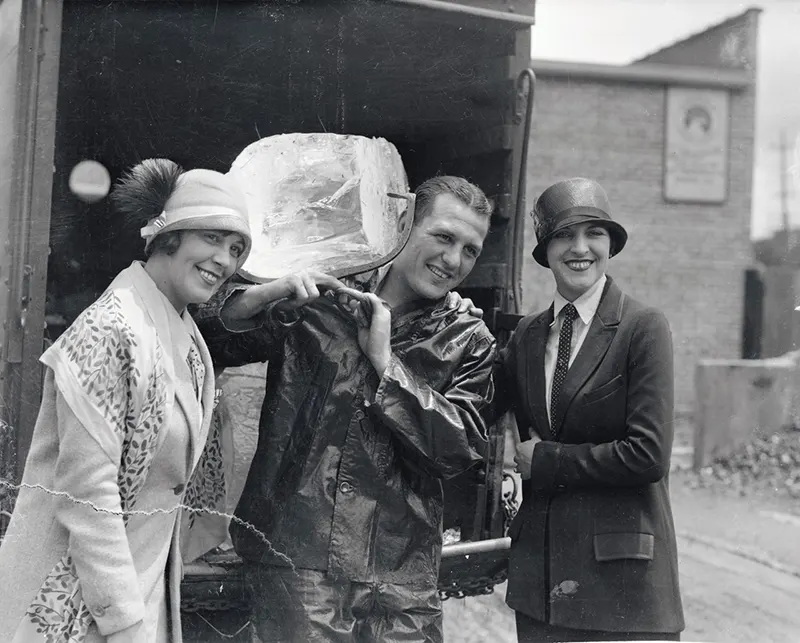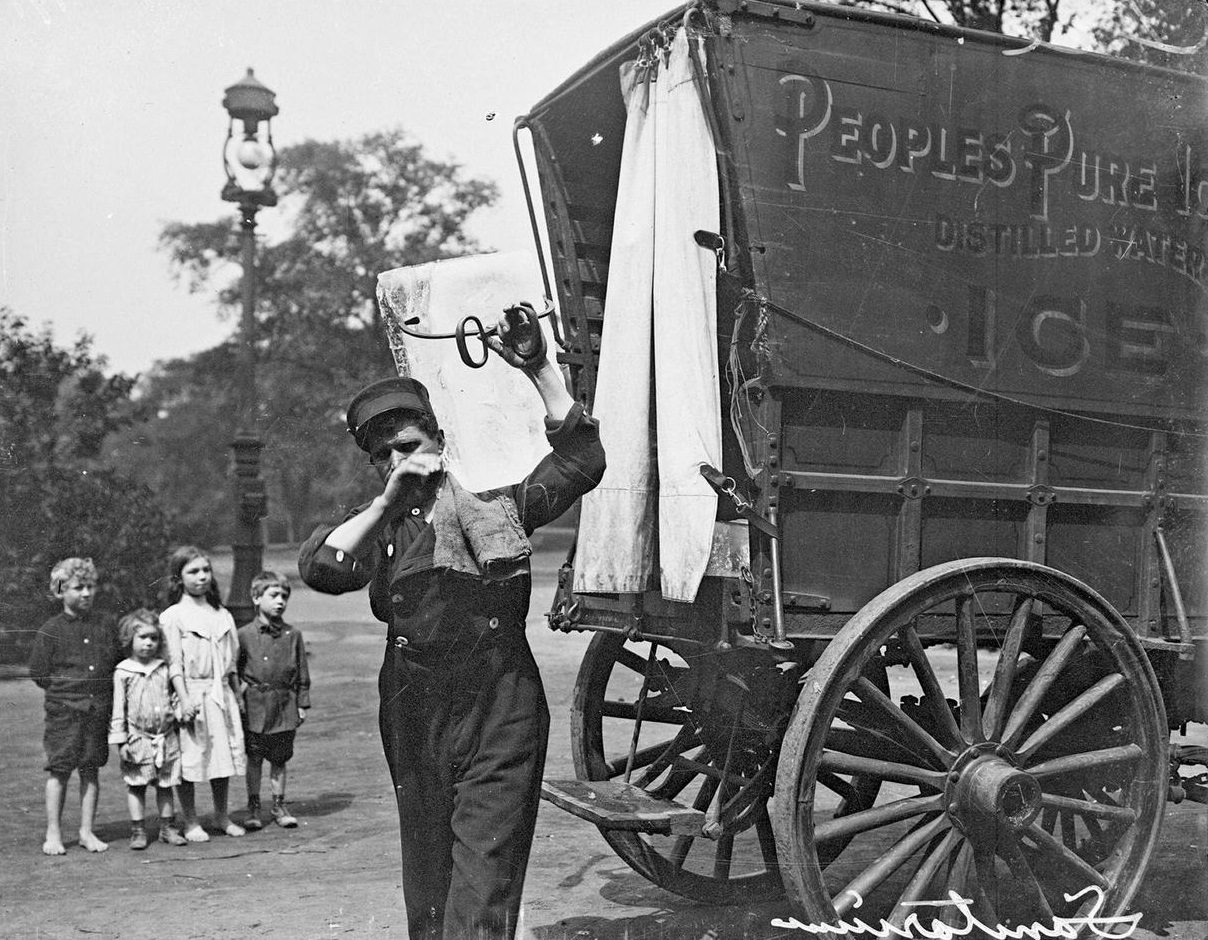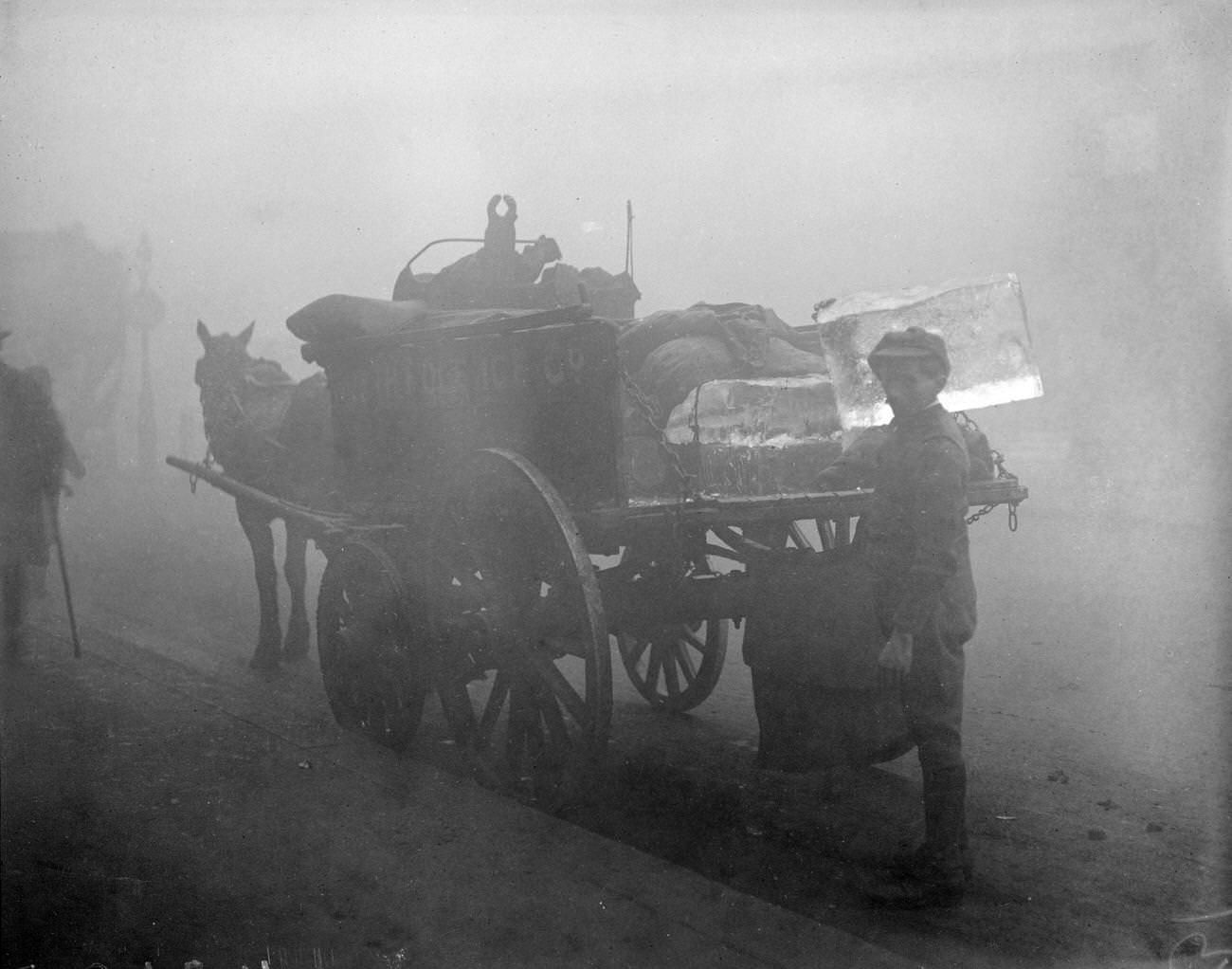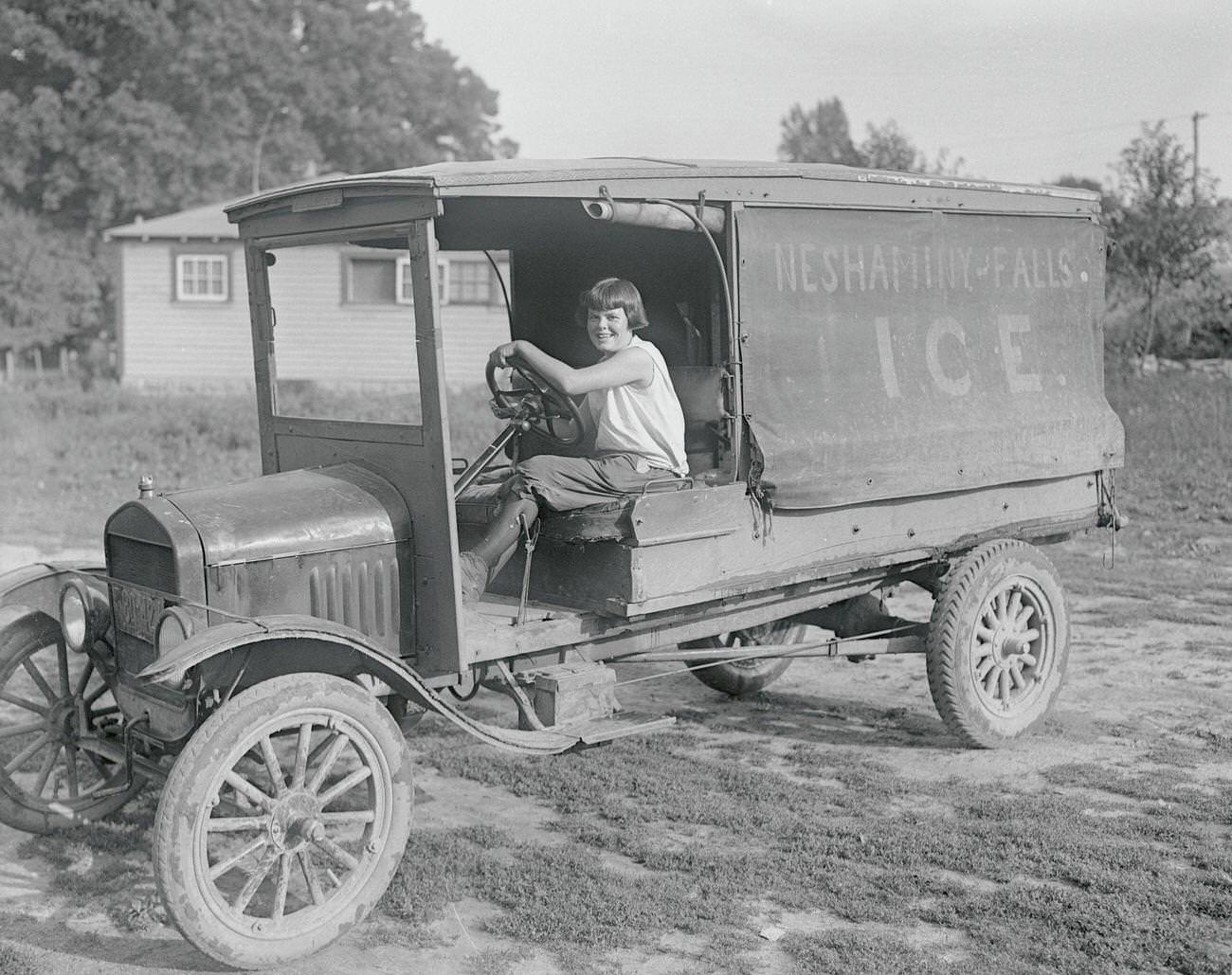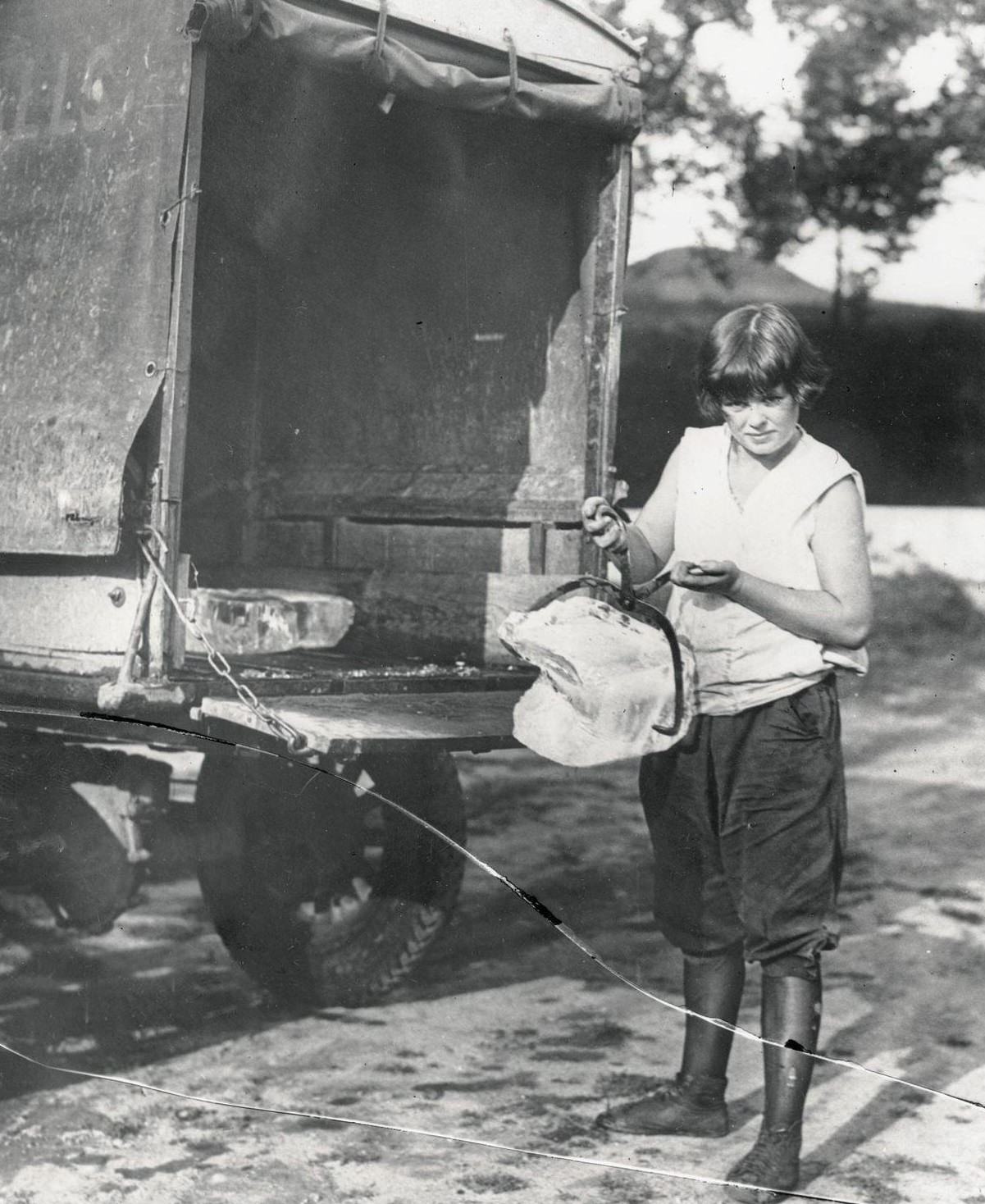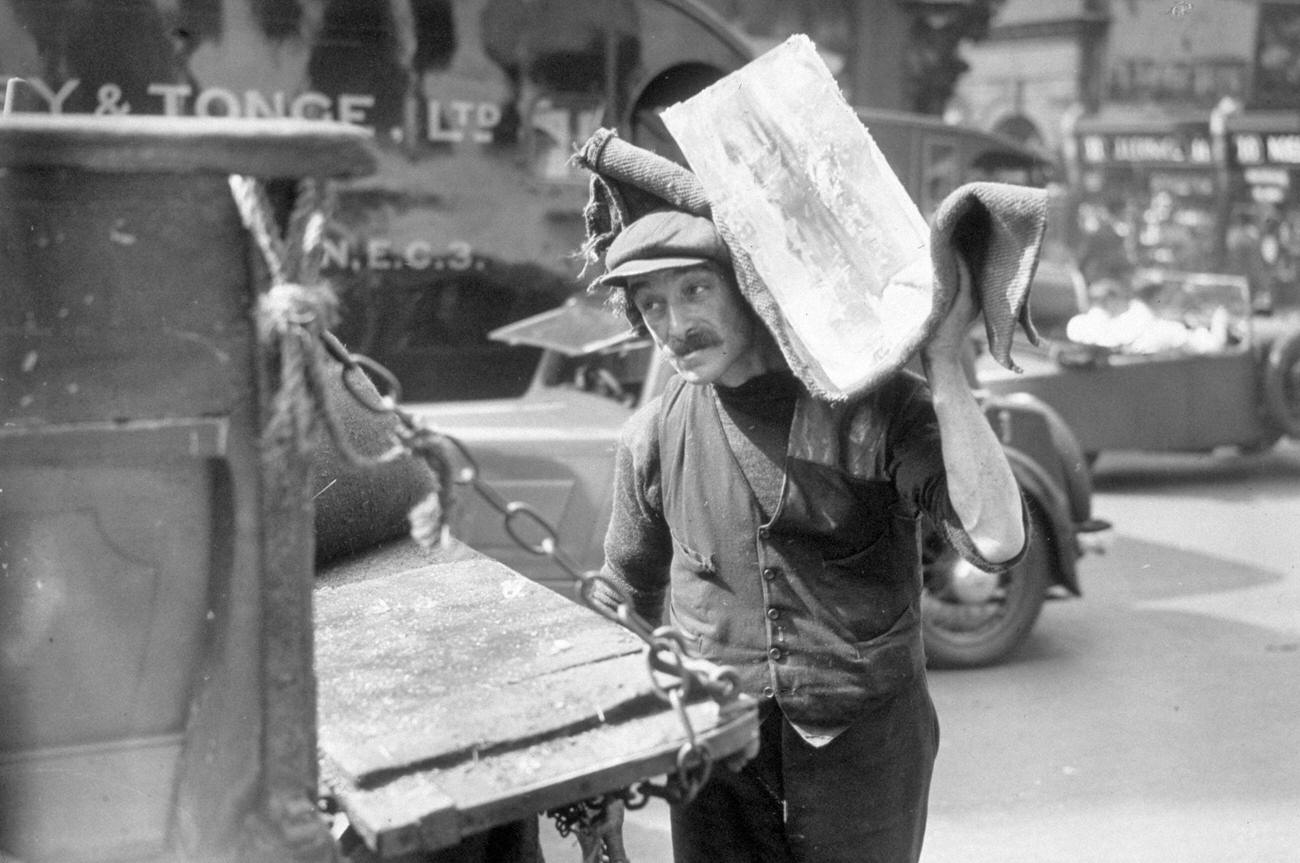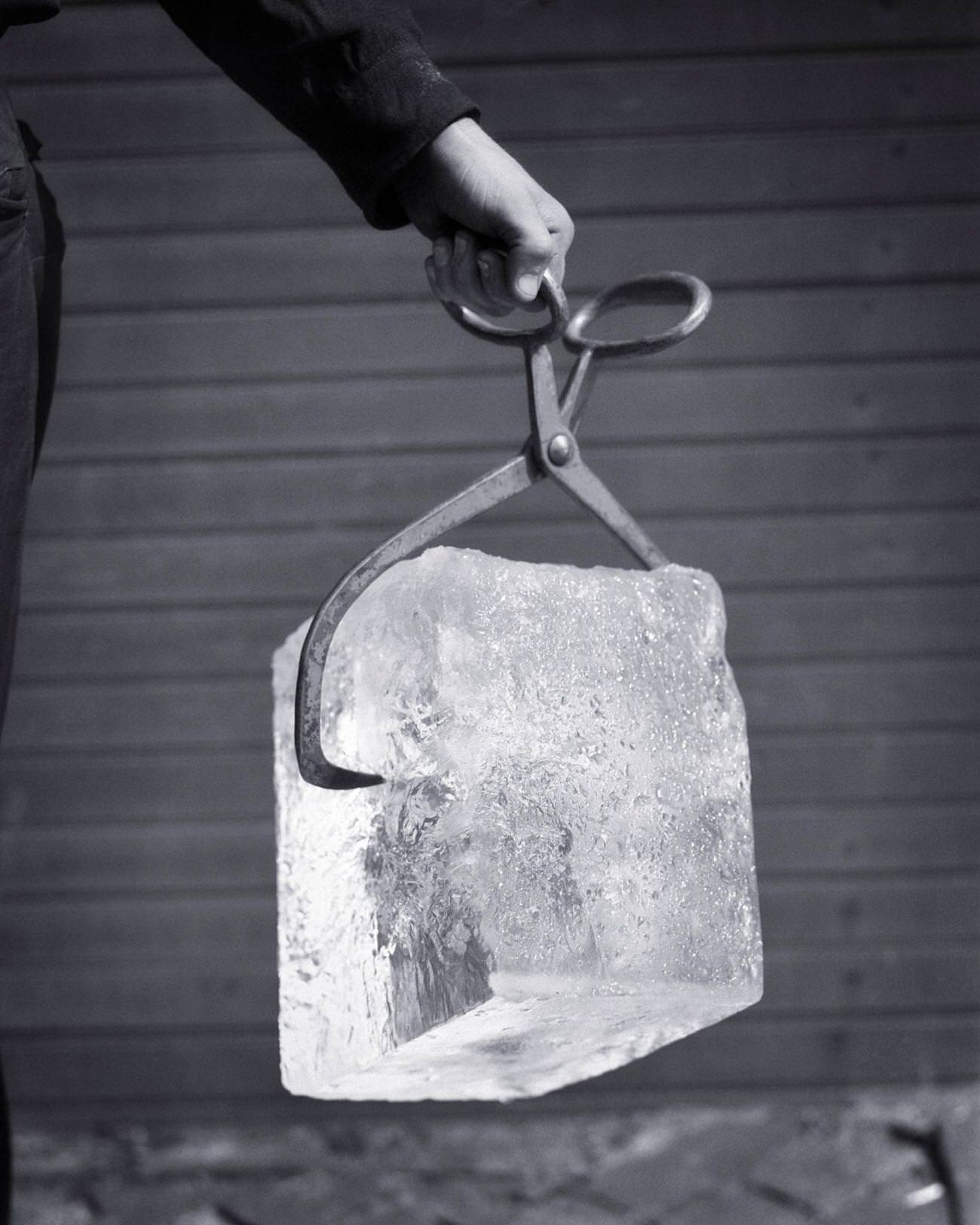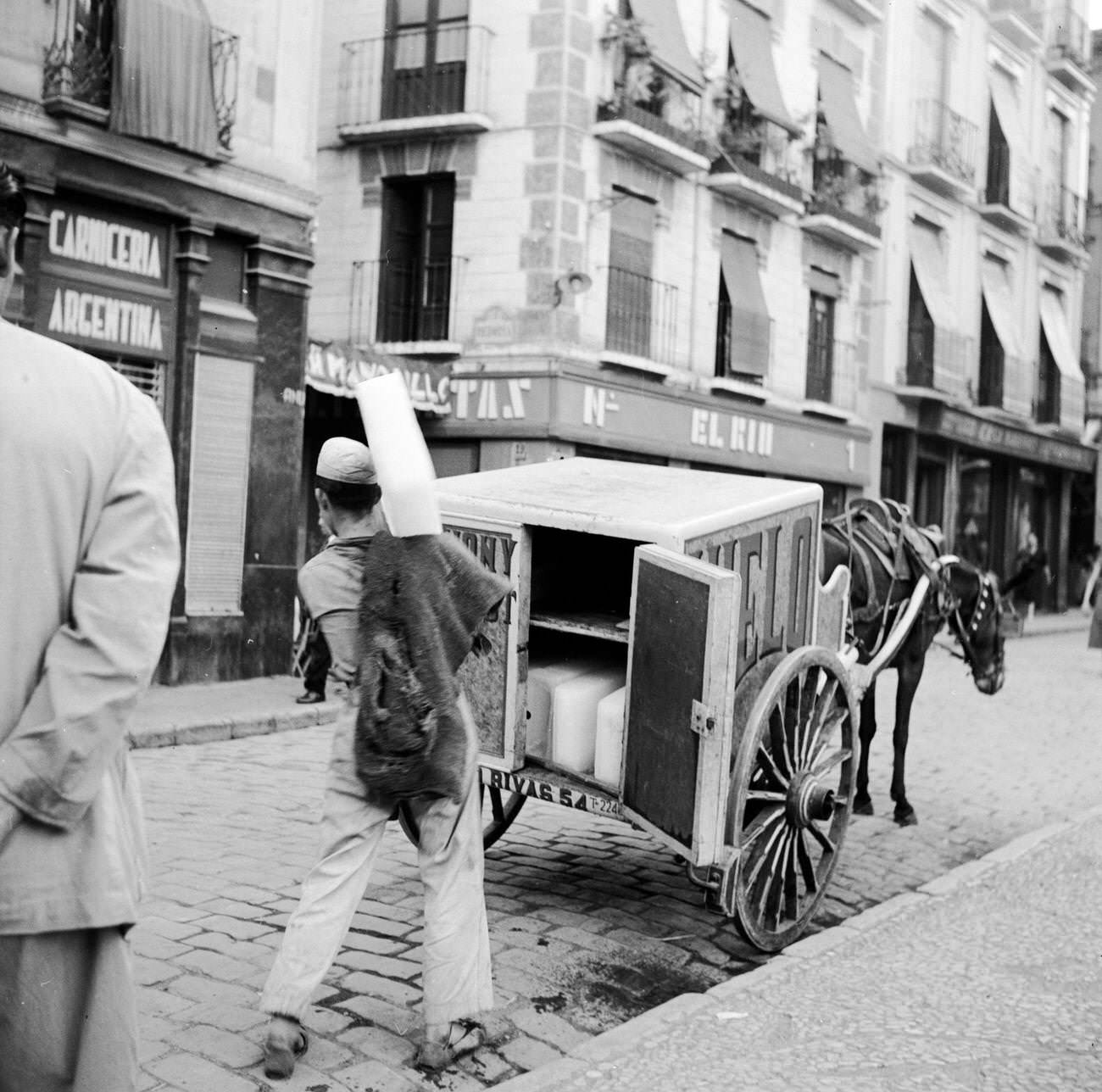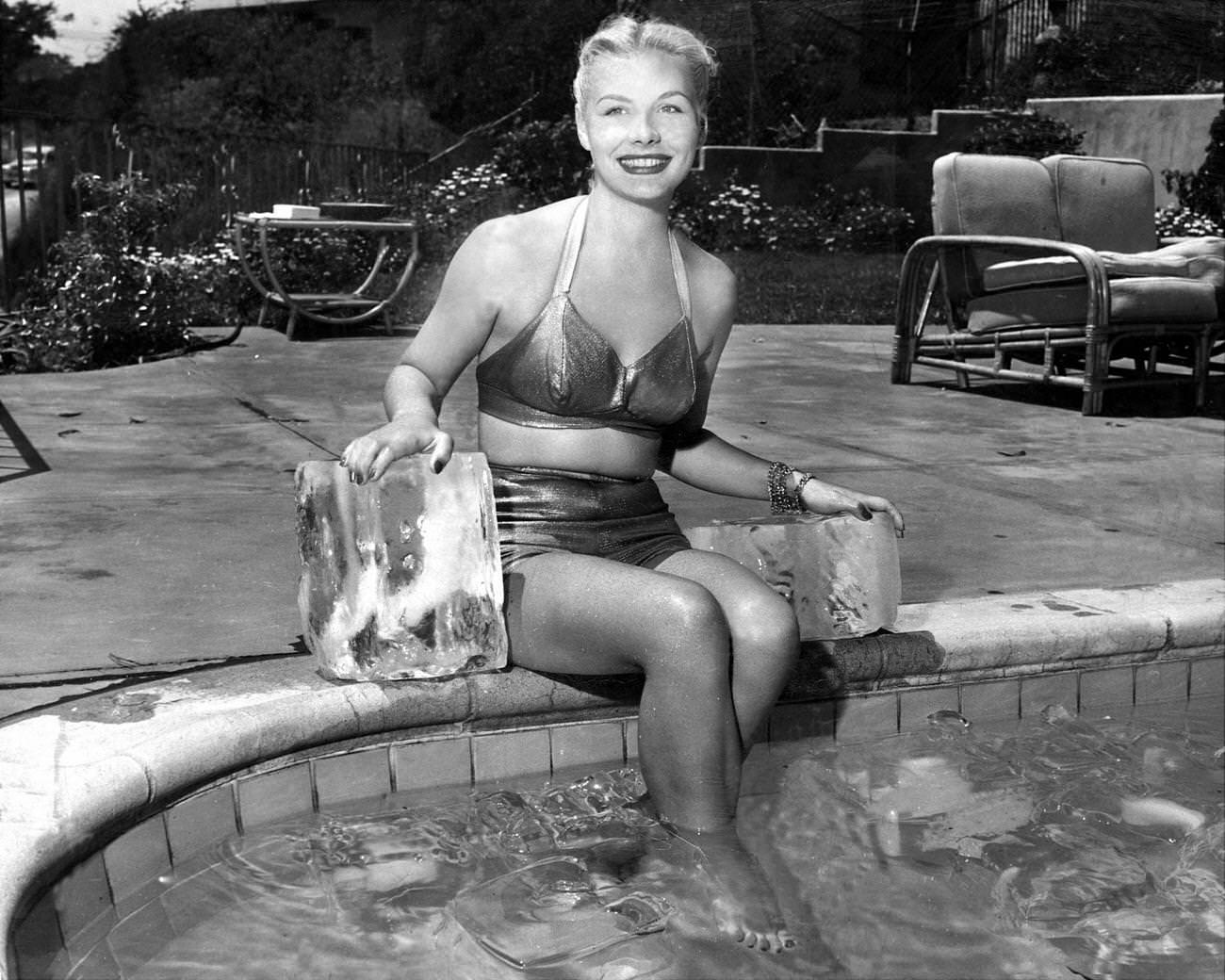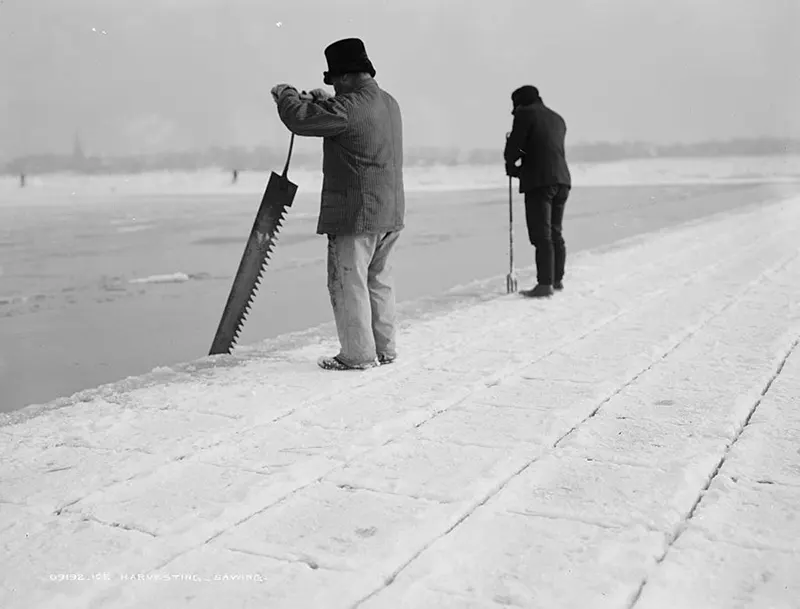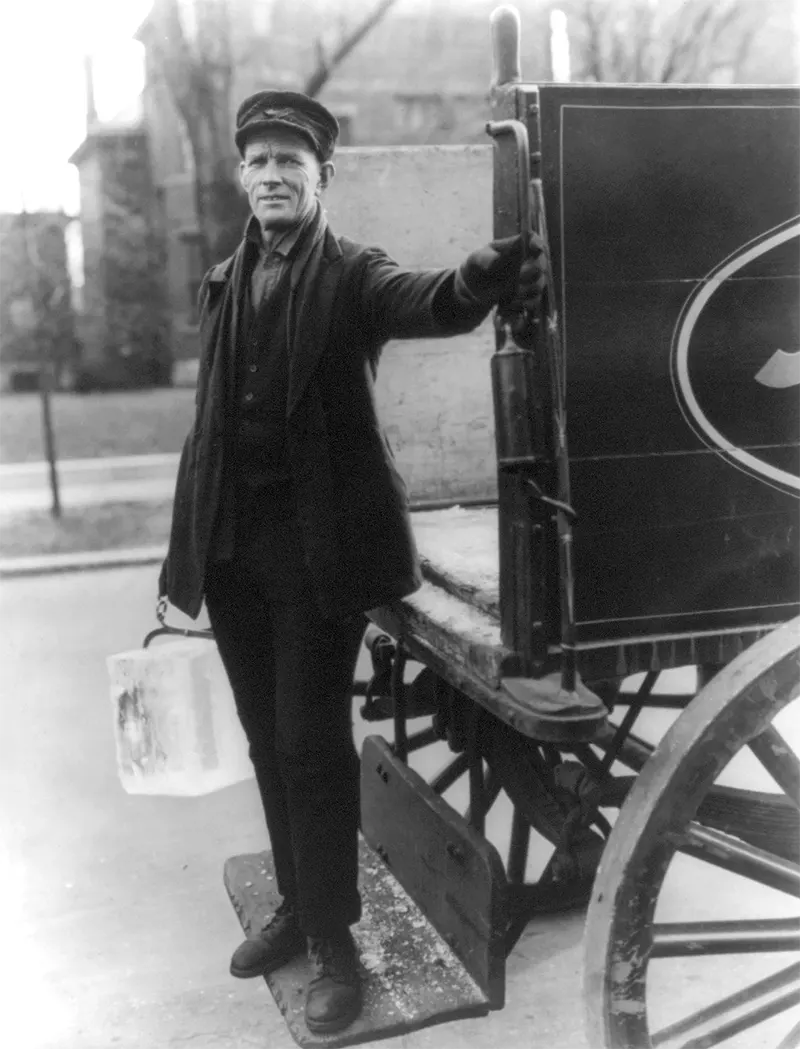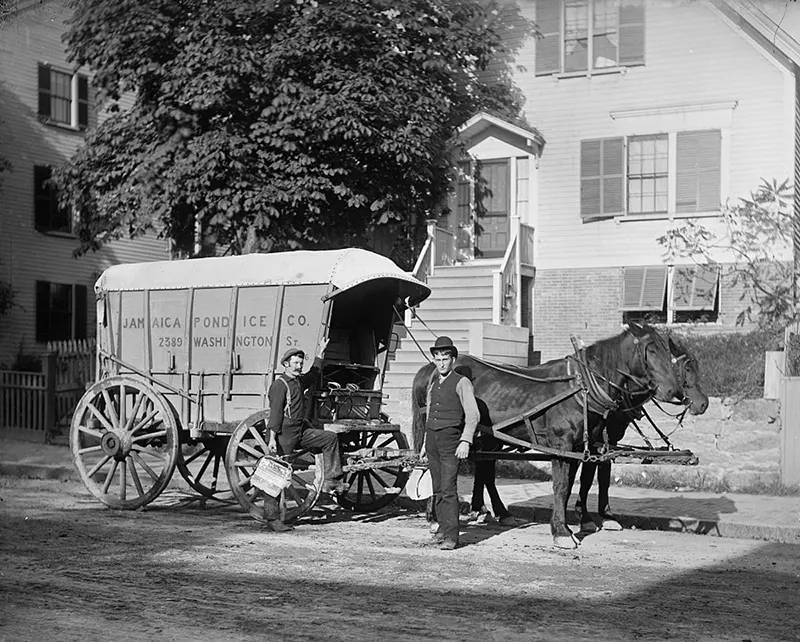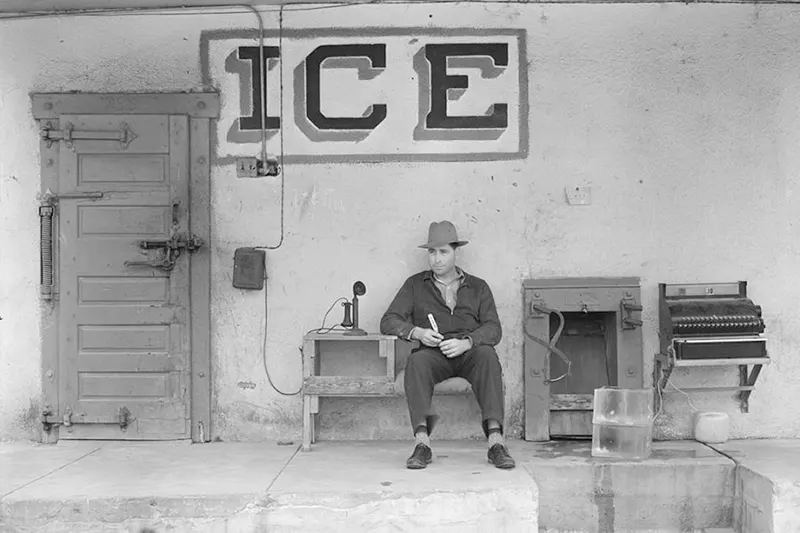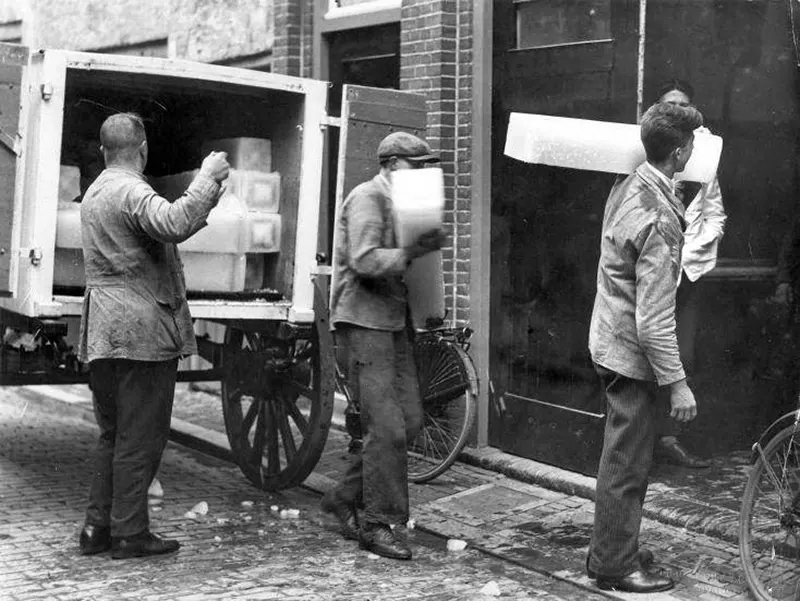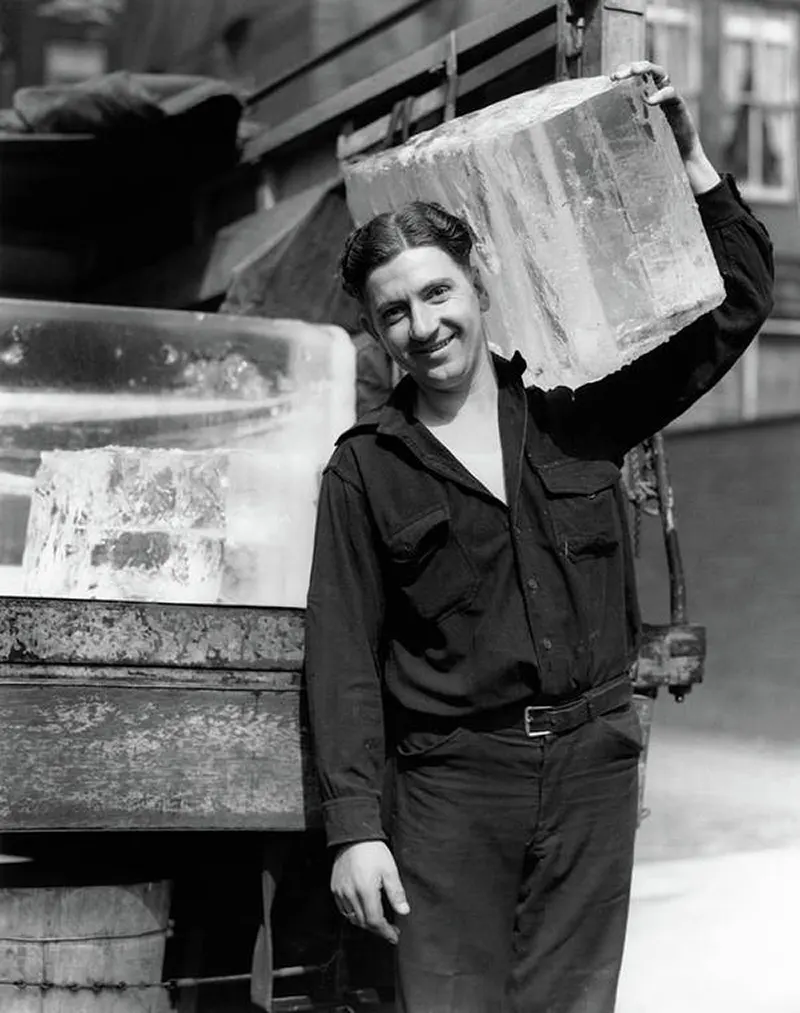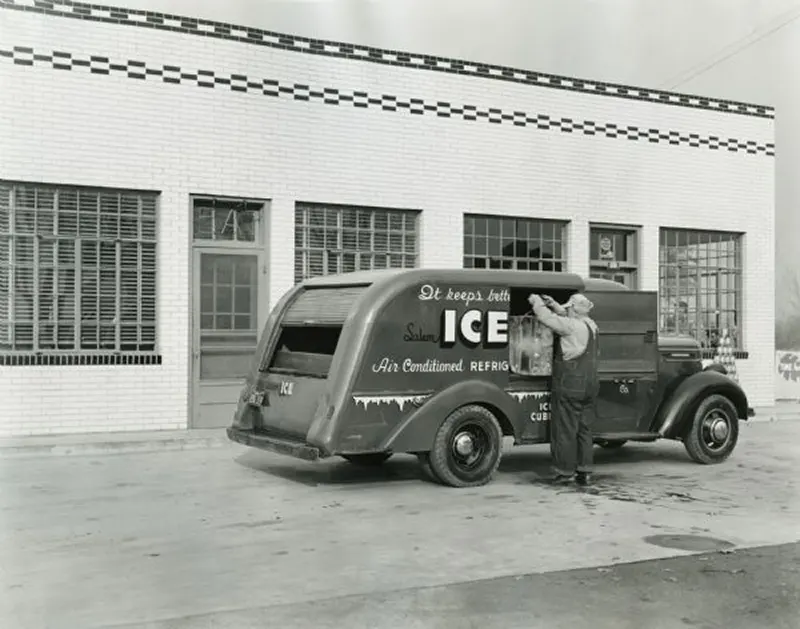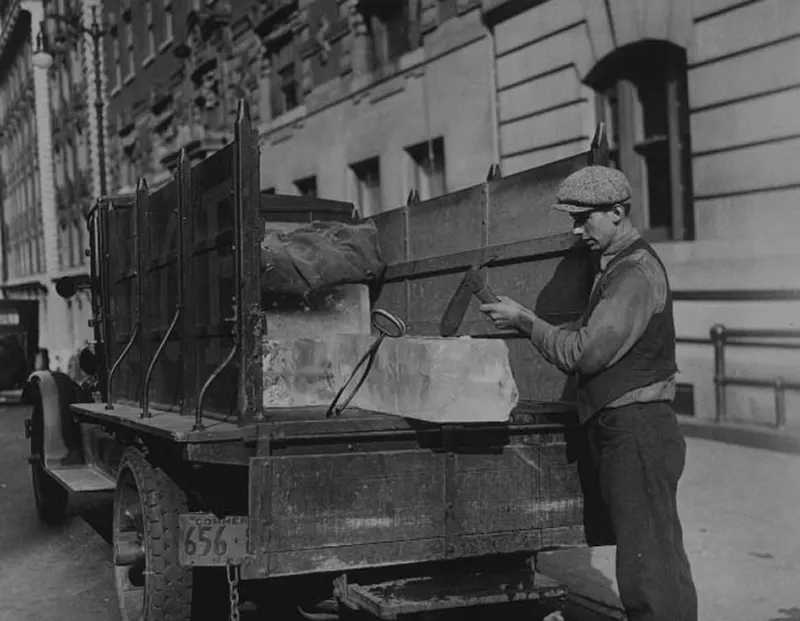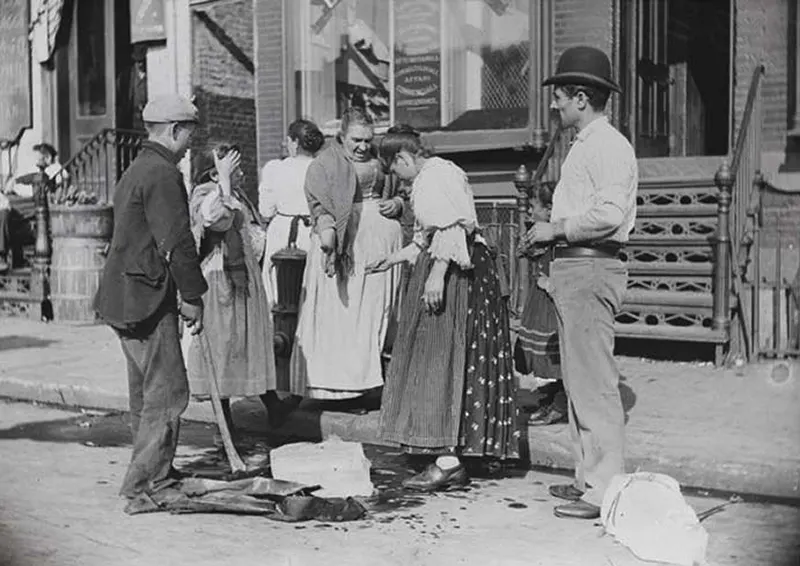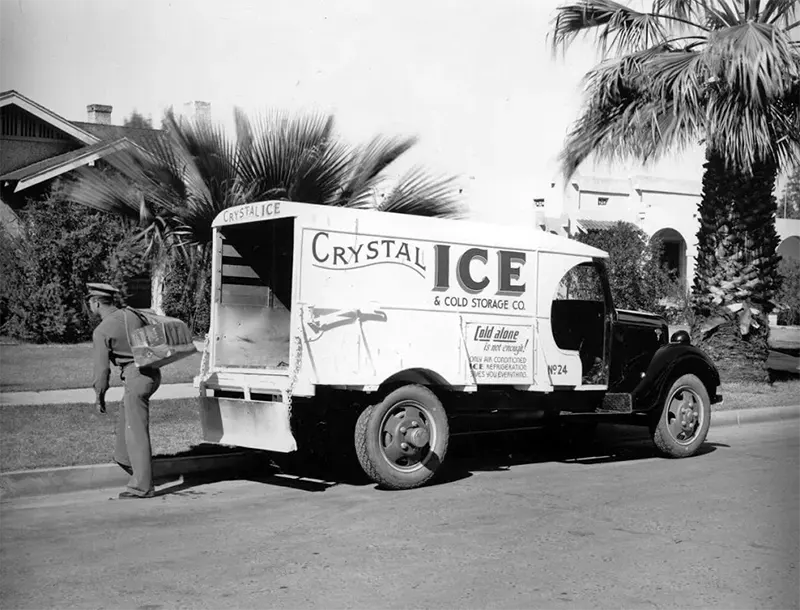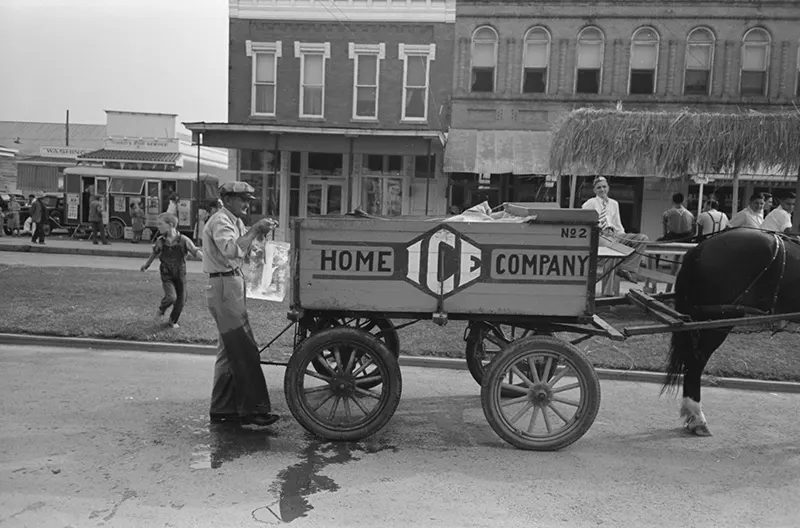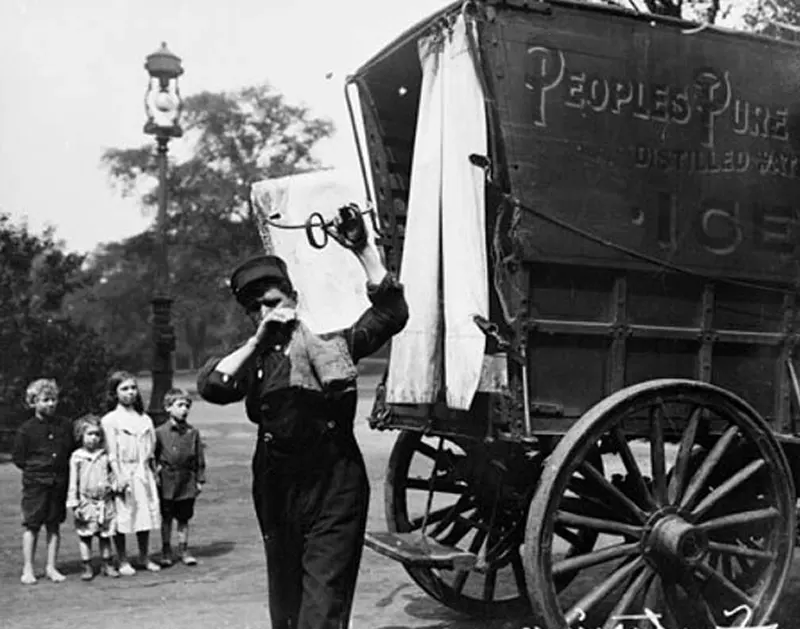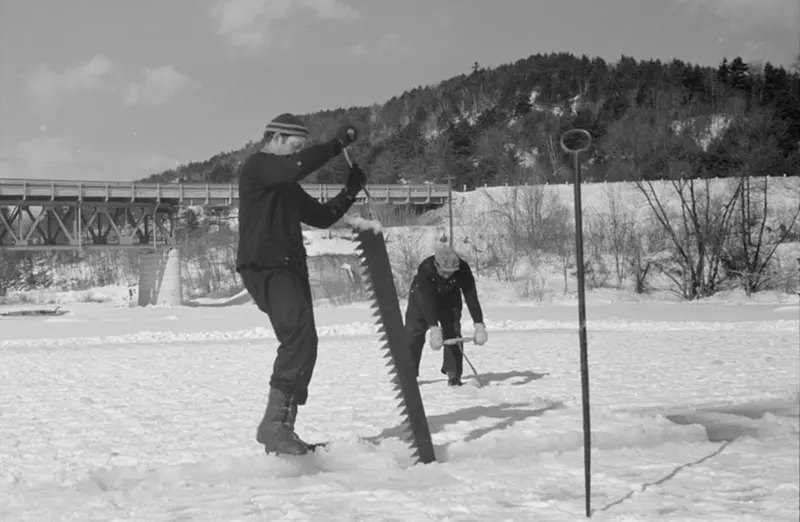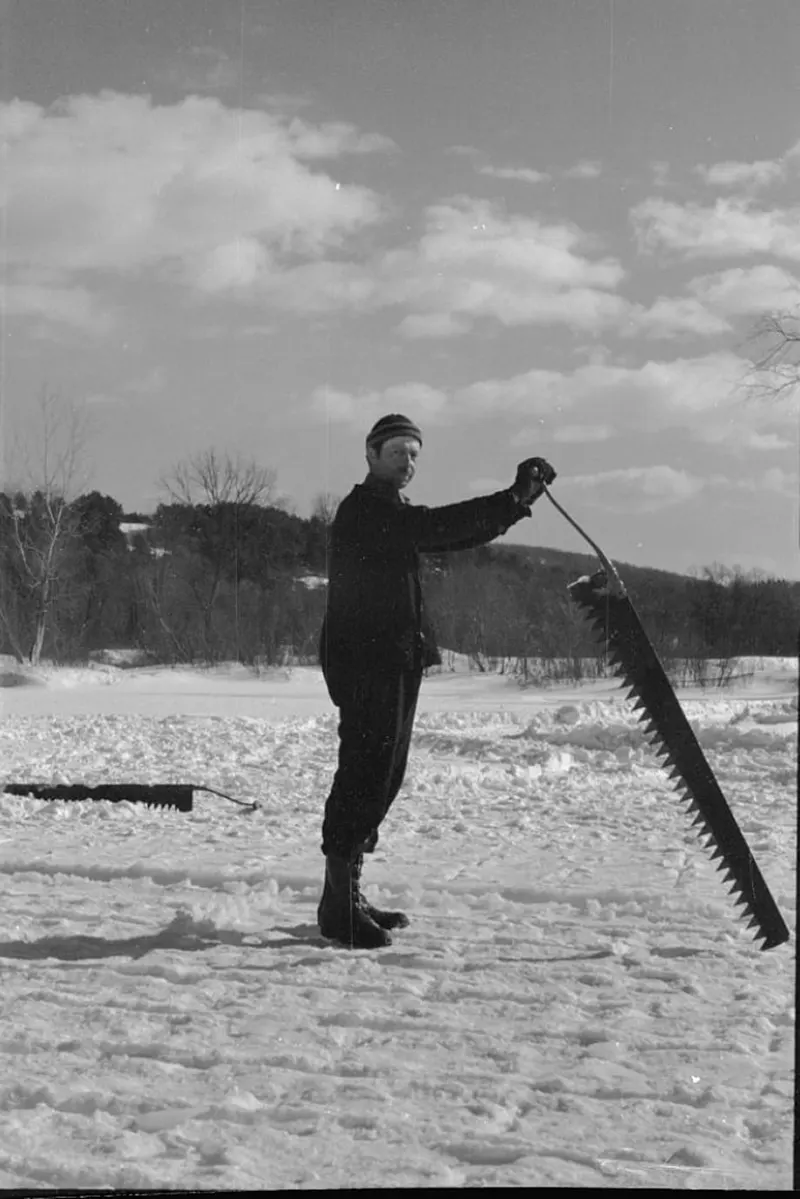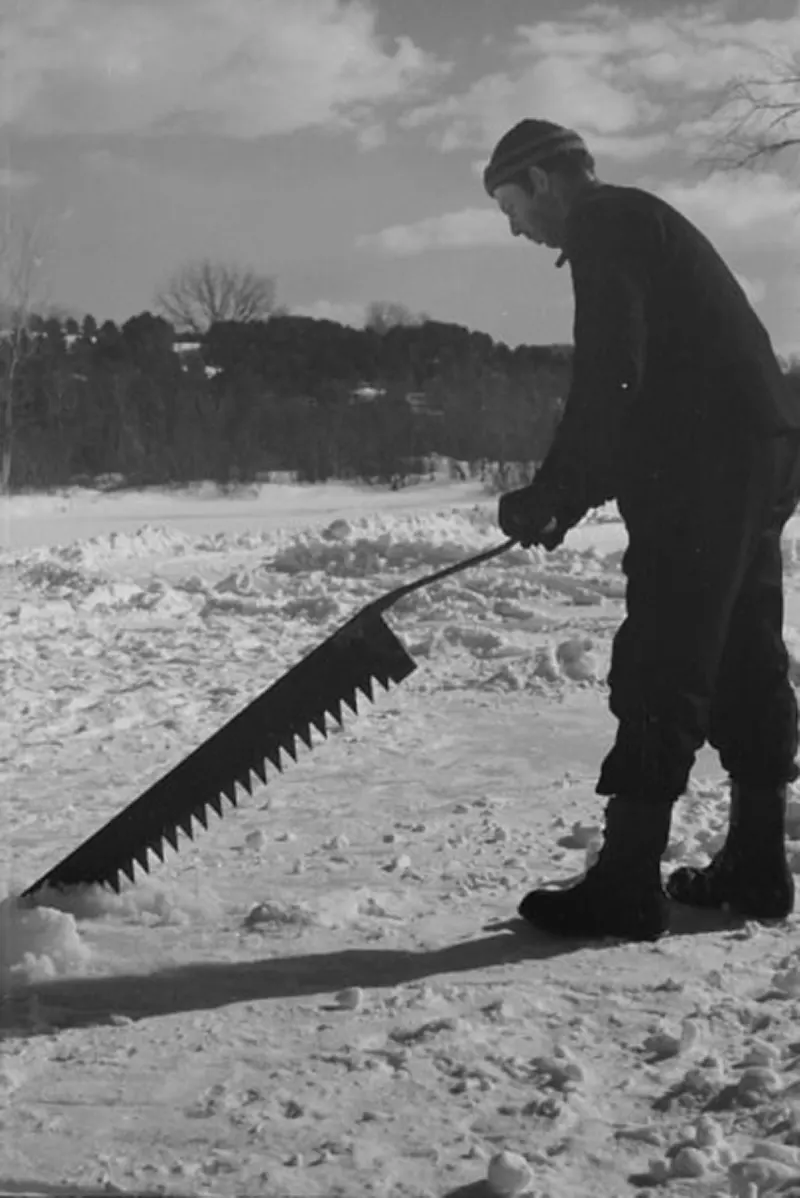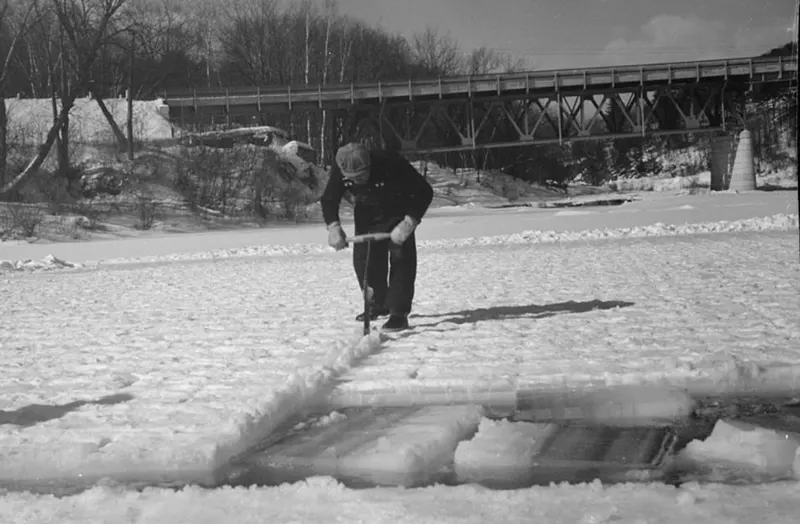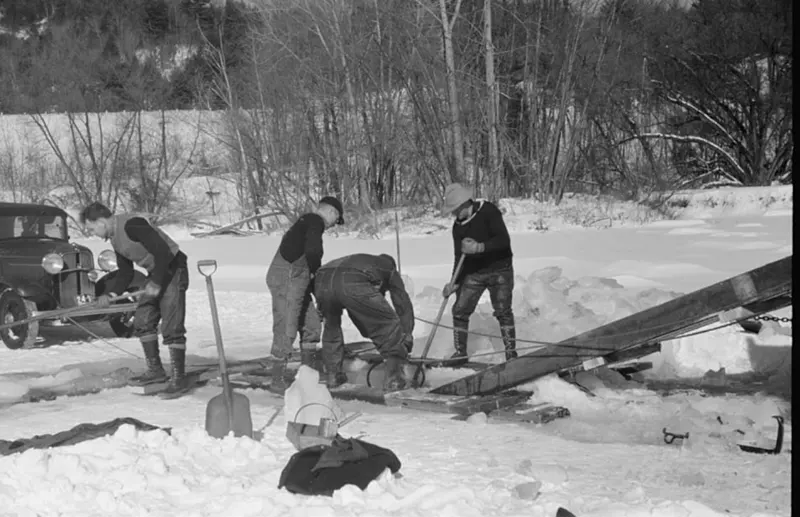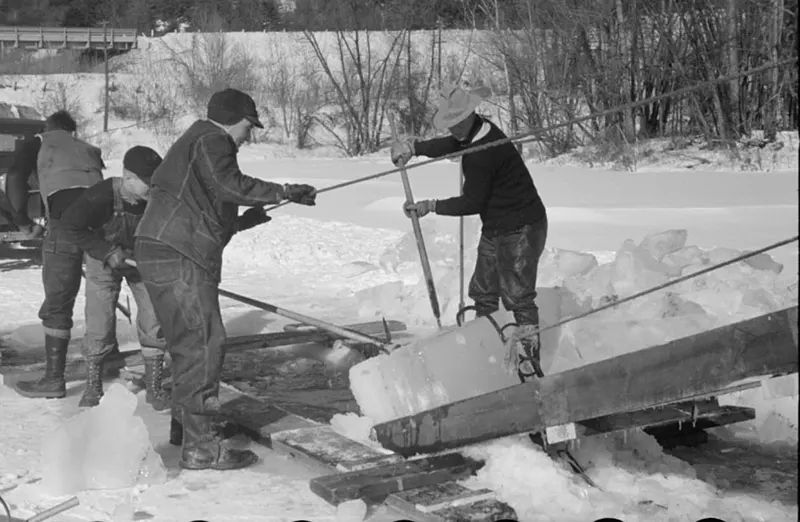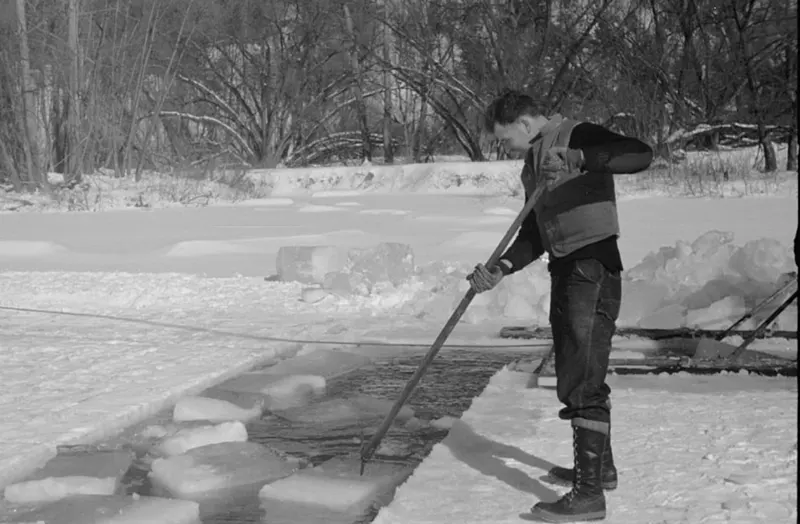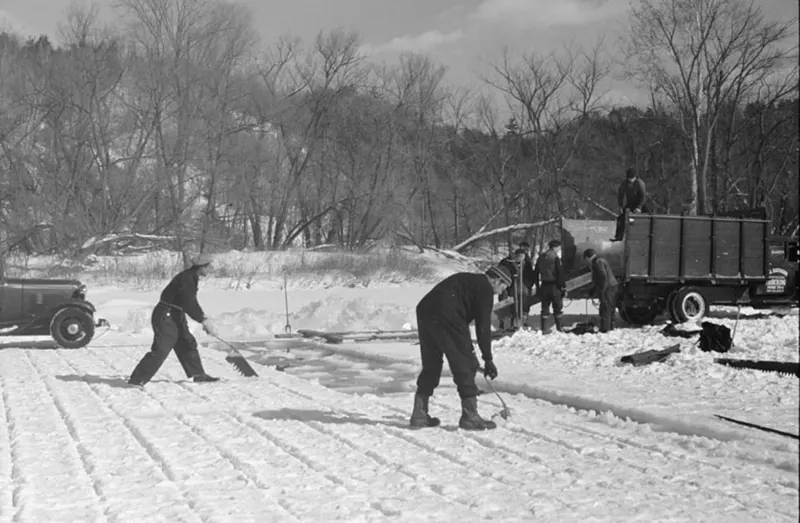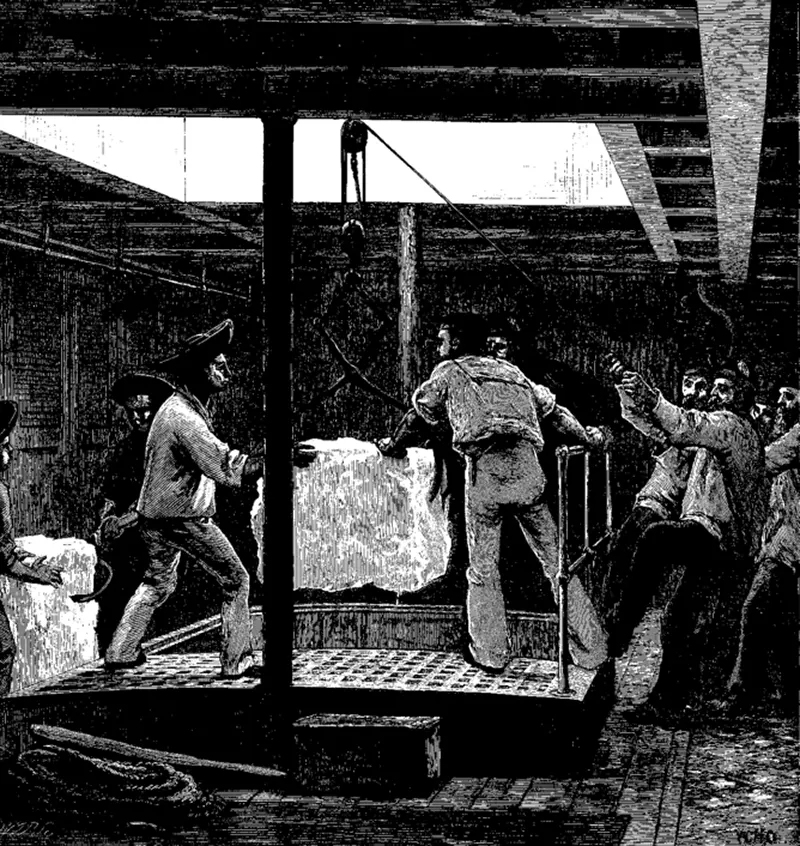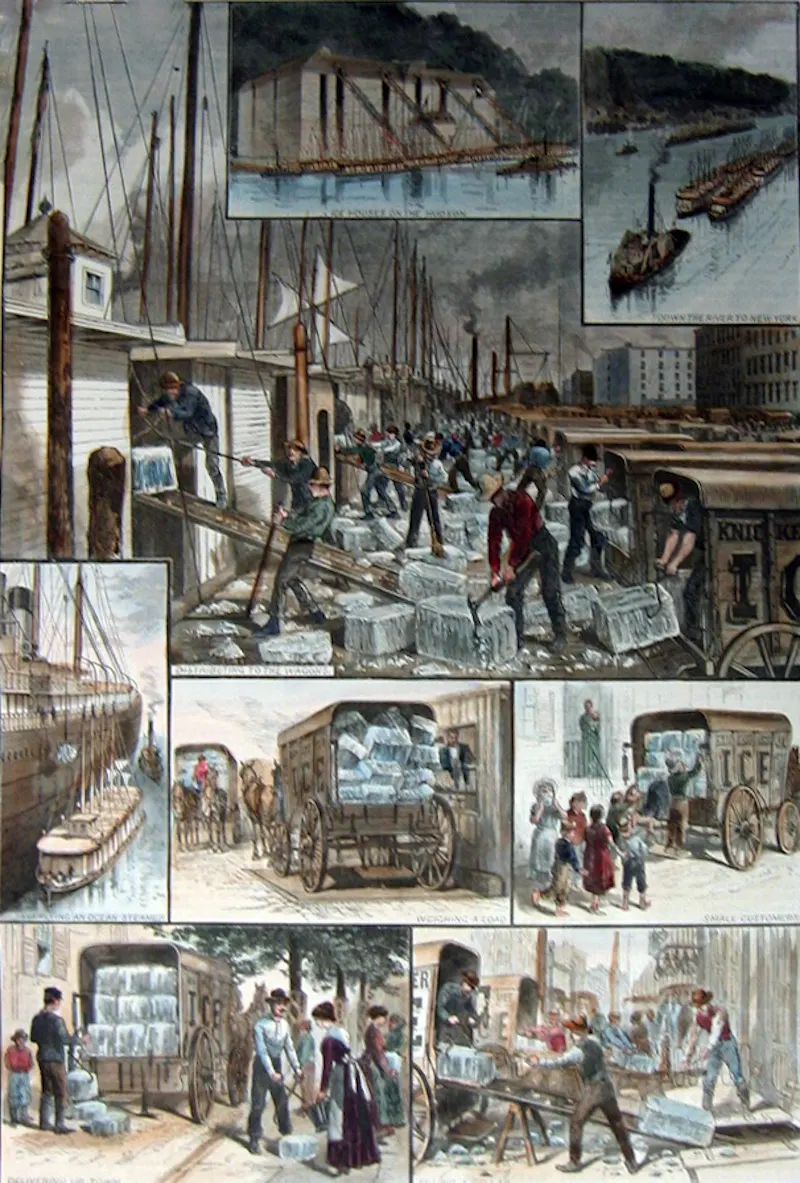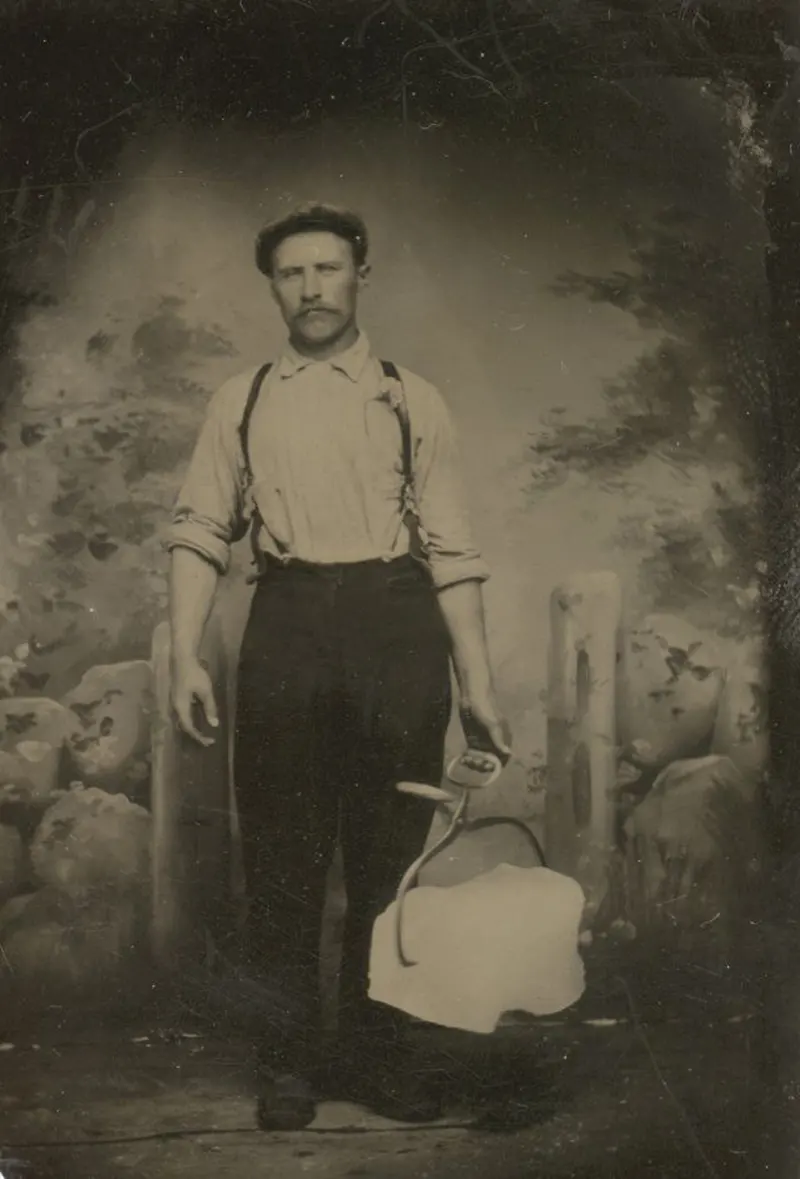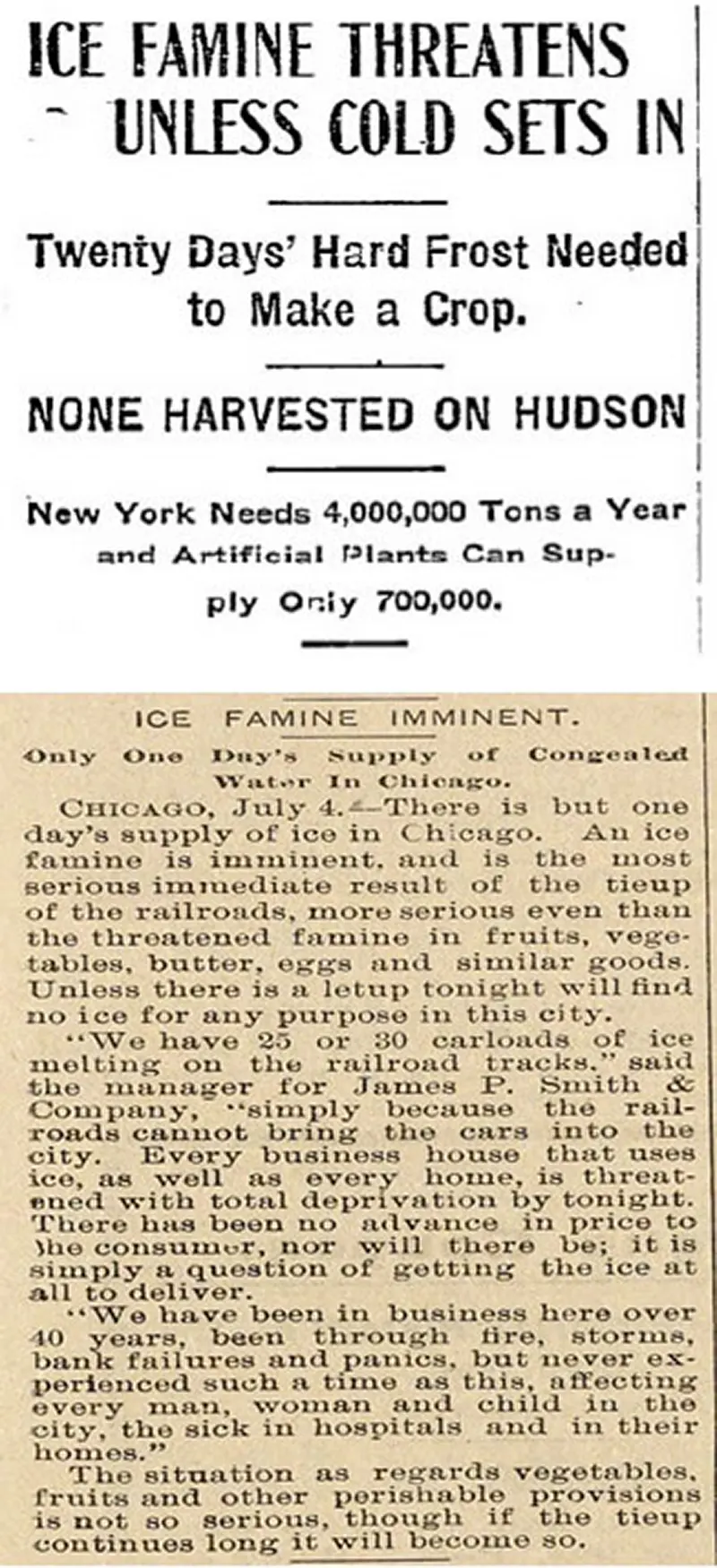In the modern world, where the convenience of refrigeration is a mere fingertip away, we often overlook the luxuries afforded by contemporary living. However, there was a time when keeping food fresh and drinks cold was not so simple. It required the back-breaking work of a particular professional: the iceman. These individuals played an indispensable role in society, delivering blocks of ice to homes, businesses, and community centers.
The Origin of the Trade
Before the advent of mechanical refrigeration, ice was a seasonal commodity, harvested during the winter months. Workers would cut blocks from frozen lakes, rivers, and ponds, a dangerous and labor-intensive job requiring skill and utmost caution. These harvested ice blocks were then stored in ice houses, insulated by straw and sawdust to keep them frozen through the warmer months.
As cities grew, the demand for ice surged, not just for preserving food, but for comfort during hot summers. This demand gave birth to a thriving industry, with the icemen at its core.
The Daily Grind of an Iceman
An iceman’s day began early. After collecting a large block of ice from the local ice house, the iceman, using a horse-drawn wagon or truck in later years, followed a regular route, delivering ice to his customers. The job was physically demanding. Icemen were known for their strength as they routinely carried blocks weighing up to 100 pounds, hoisted over their back, sometimes climbing multiple flights of stairs.
The iceman’s tools were simple but effective. Large tongs clamped onto the ice, and rubber or leather shields on their shoulders protected against the cold. They chiseled away at the blocks to fit into the variously sized iceboxes in each home or business.
Beyond Cooling
The icemen were often well-known community figures. Regular interactions with families meant they were privy to neighborhood news, occasionally witnessing profound societal shifts, economic hardships, or family milestones. They sometimes acted as unofficial community support members, especially in working-class neighborhoods, extending credit during tough times or providing extra ice to help cope with heatwaves or illness.
Children often eagerly awaited the iceman’s arrival, gathering around the wagon hoping for chips of ice during hot summer days — a simple, yet fondly remembered treat.
The Decline of the Icemen
The profession of the iceman began to wane with the introduction of electric refrigerators in the early to mid-20th century. As more households adopted this new technology, the need for daily ice delivery diminished. It marked an era of technological advancement, but also the end of a community-centric profession.
By the 1950s, the once-thriving ice delivery industry had nearly disappeared, leaving behind only memories and stories of the sturdy men who kept the community cool.


